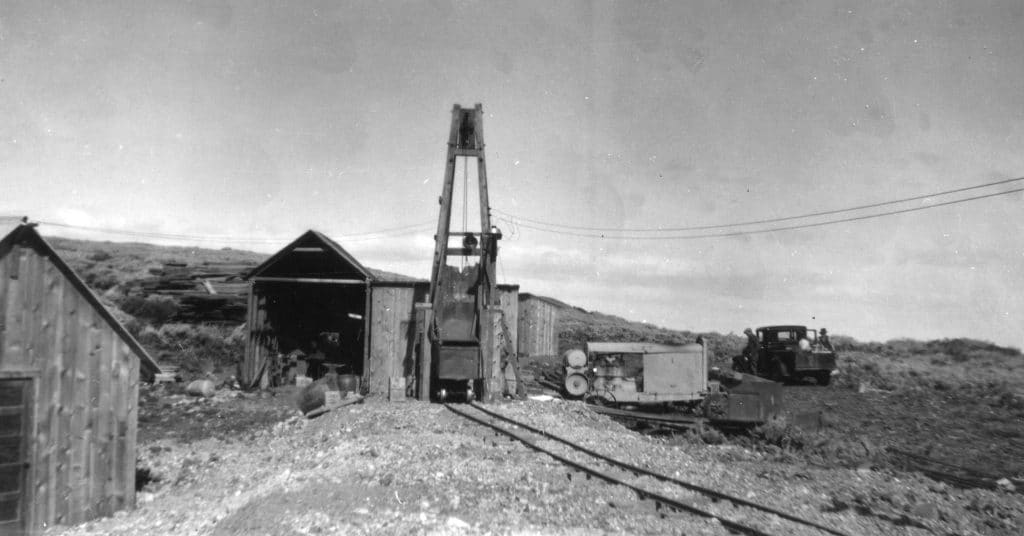Somewhere about the 35-foot level of the Flagstaff Mine, and moments after he called his friends above for light, the old ladder Paul Parmalee was descending gave way with a crash, and he plunged into the darkness to his death.
It was the afternoon of Sunday, August 18, 1963, and the 16-year-old had traveled up from Salt Lake City to explore the area near Bonanza Flat with three other Salt Lake City youths. The mishap triggered a dramatic emergency operation that concluded around 11 pm with the retrieval of Parmalee’s body from the 300-foot-level of the abandoned mine.
When the accident occurred, one of the friends, Judy Brown, 19, drove her car to Park City and alerted marshal William Ryan. Soon a team of law enforcement from Summit and Wasatch counties, highway patrol officers, United Park City Mines Co. and Hecla Mining Co. staff and management, and even “old-time miners who had worked at the mine” gathered at the site.
The first phase of the recovery operation involved Stanley Fisher of Park City being lowered 50 feet, while attached to a heavy manila rope held by a team of men above. Fisher cleared enough broken lumber to probe the bottom of the shaft with a light but saw no evidence of life.
Next, John Bilbod of Park City and Joe McPhee of Heber were lowered to the bottom of the shaft. There they found Parmalee’s body. Additional men were staged at intervals in the shaft to facilitate communication with the team above ground. The mine was “pitch black,” the rescuers told reporters.
The body was raised, and delivered by ambulance to a mortuary in Heber.
The Summit County Bee and Park Record, which were jointly published at the time, covered the story on August 19, 1963, as did the Provo Daily Herald. The Bee article’s author praised the operation as “one of the finest and most dangerous rescues ever performed in Park City’s mines.” The writer also complimented the “telephone operators for their splendid service” and the wives who provided hot coffee and sandwiches to the rescue team.
The Flagstaff Mine, located about a quarter mile to the south of Deer Valley’s Cushing’s Cabin, had not been operating for decades on that day in 1963, though there had been intermittent prospecting at the site over the years. The mine was the first producer in the district, with wagons of its ore delivered to the railroad facility in Echo in 1870.
The Utah Division of Oil, Gas and Mining capped the shaft in 1991, as part of its Abandoned Mine Reclamation Program. Over 30 years, the program has closed about 6,000 of the estimated 17,000 abandoned mines in Utah. “Stay out and stay alive” is the agency’s motto.
As this structure was in 1963, many of Park City’s old mines and mine-related buildings have been neglected. Help the Park City Museum to preserve these structures through direct donation or by joining one of its historic walking tours, hikes, or ski tours. The next hike will be to Snake Creek Canyon on September 19. Visit the museum’s website for more information.

Credit: Park City Historical Society & Museum, Himes-Buck Digital Collection